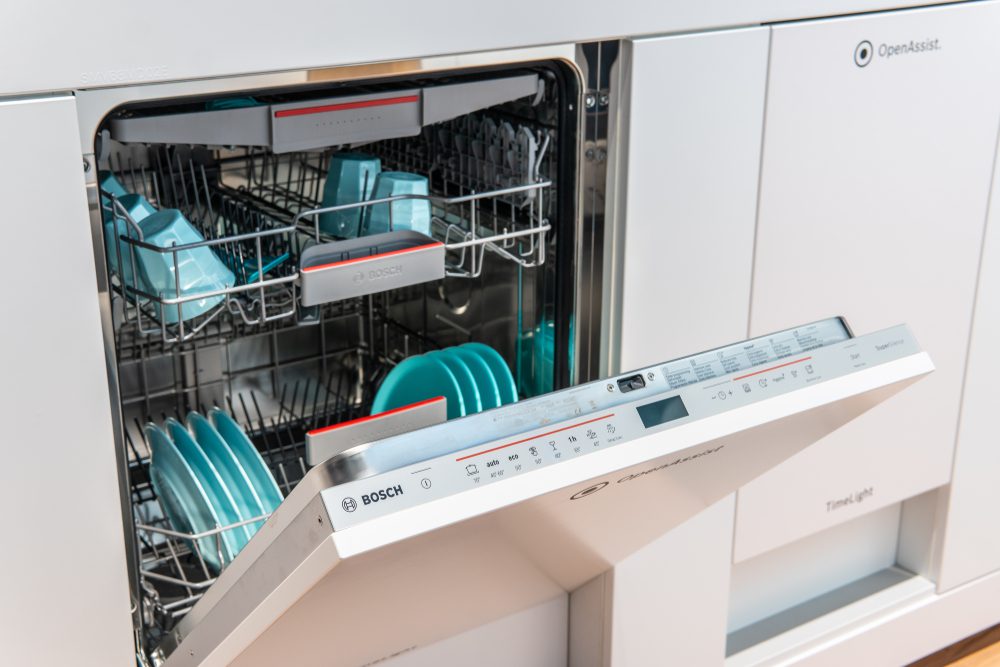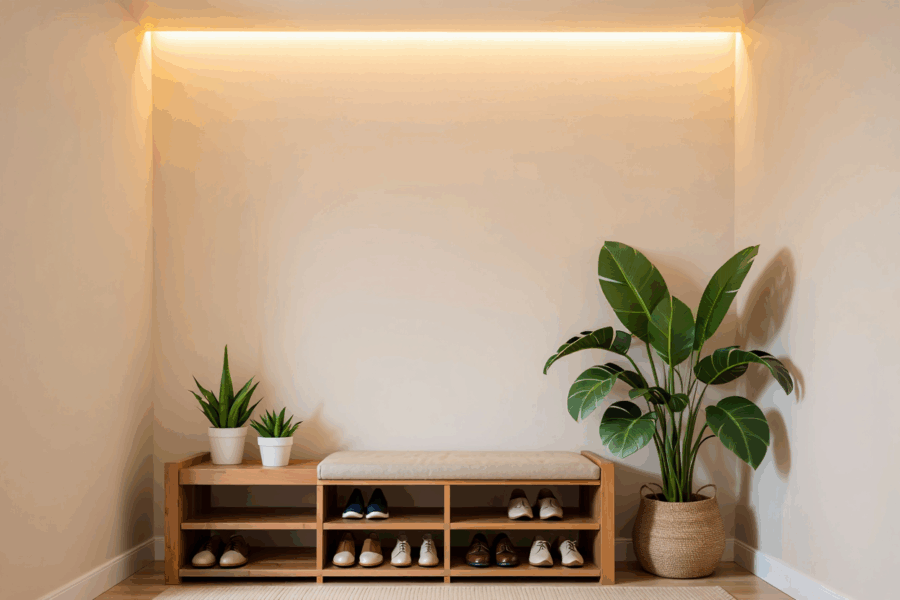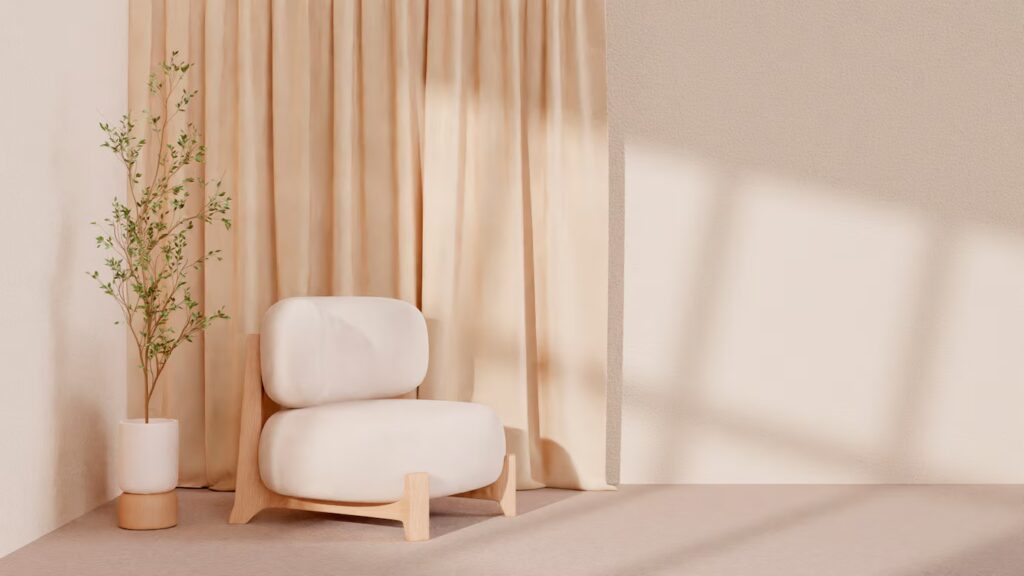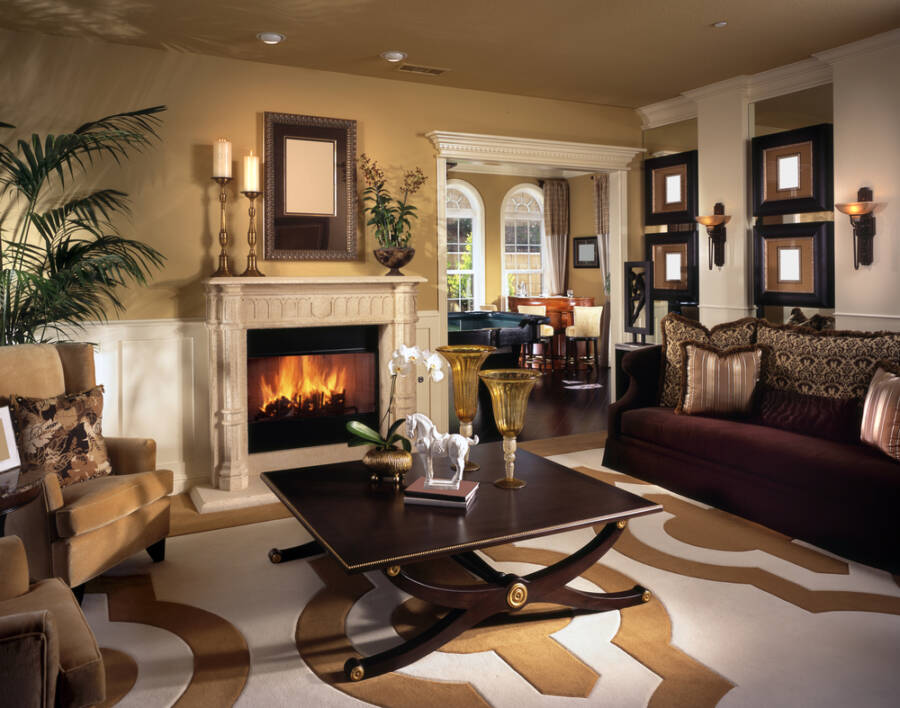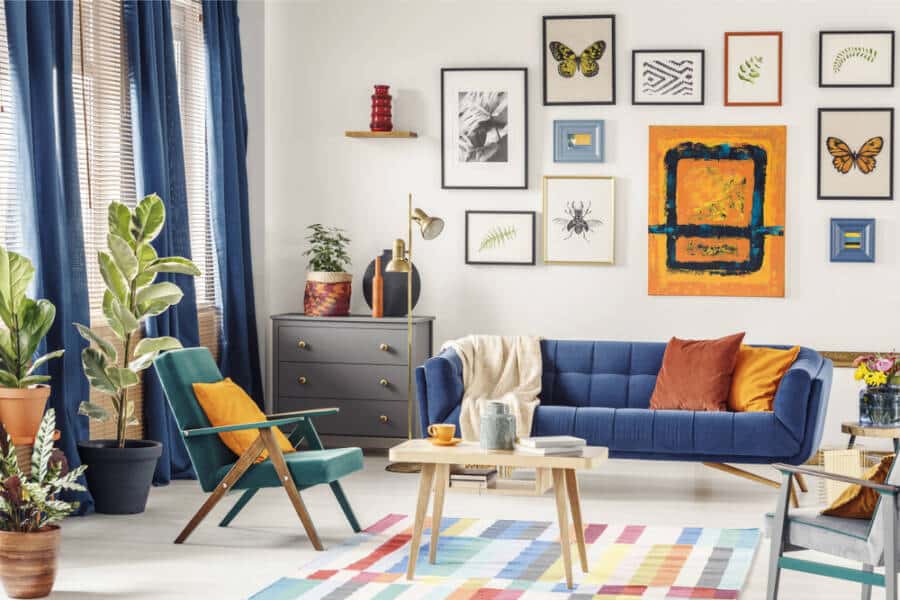Always be aware of what you are doing when you are making renovations!
The more we age, the more important our homes become to us. After a certain age, we start to rely on our homes, and this is why many people think about various renovations meant to make their lives better. Safer, more accessible, and more comfortable homes for our golden years. This is what we all want, and this is how the concept of aging-in-place was born.
But not all renovations are the same. To be honest, many of them are completely useless and, unfortunately, expensive. So why spend money on pricey home modifications when you can know better and avoid all of them in the first place?
Whether you’re planning ahead for your own future needs or helping aging parents modify their home, it’s crucial to understand which renovations provide real value and which ones you should steer clear of.
There is no need to consume your time, energy, and budget on modifications that are not useful. So, read more and learn how to make the best decisions.
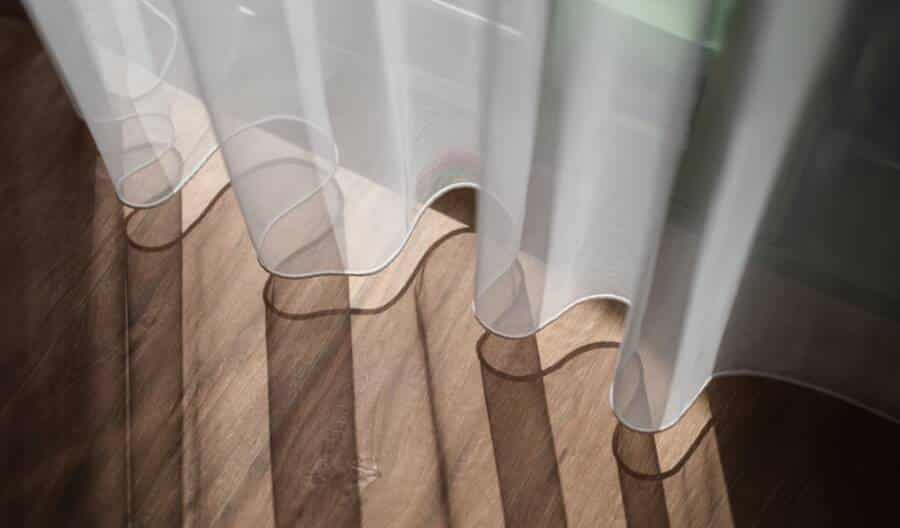
Ignoring the flooring transition safety
One of the most important renovations someone can make is to replace flooring with slip-resistant materials. Why? As you age, you are more prone to various accidents linked to slippery floors.
The problem is that many people tend to focus on the floors themselves and never think about the critical importance of smooth transitions between different floor surfaces. Even a small difference between the floors can pose a significant danger.
Professional installation should ensure that all flooring transitions are as smooth and level as possible. When this fact is not considered, installing a safer floor is pointless. The idea is to keep you safe, and when these mistakes are part of the renovation project, oh well, this is wasted money.
The goal is to create a home where you can move safely without constantly worrying about changes in floor height or surface texture. If this is the case, then this is one of the renovations that are not suitable for your home.
Overlooking lighting improvements
The eyes of seniors need significantly more light to see clearly, yet many homeowners don’t consider this when they start various renovations. Ignoring lighting improvements is one of the biggest mistakes you can make, and poor lighting increases fall risk and makes daily tasks more difficult and frustrating.
One thing you should know is that most of the time, simply adding more fixtures won’t help at all. Effective aging-in-place lighting addresses glare reduction, shadow elimination, and task-specific illumination.
This might also mean installing under-cabinet lighting in kitchens, improved bathroom vanity lighting, and motion-activated fixtures for nighttime navigation. When starting such a renovation, you should think and make a good plan beforehand.
Hopefully, with LED technology at our fingertips, it is now more affordable than ever to create well-lit homes that are both energy-efficient and visually comfortable for aging eyes.
Installing luxury elevators in inappropriate homes
The simple idea of having an elevator inside your home sounds amazing! It’s like a shortcut that can immediately eliminate a lot of your problems. Carrying heavy things up the stairs or simply climbing the stairs when you are in pain? These both become things of the past if an elevator is among the renovations you want to tackle.
But there is one huge problem: the hefty price tag. Residential elevators can cost anywhere from $30,000 to $100,000 or more, plus ongoing maintenance costs. Unless someone is already wheelchair-bound and unable to roam around the house independently, elevators are completely useless.
Stair lifts are a much better option, and they cost only a fraction of the price you would pay for an elevator. The best thing is that they provide the same functional benefit for most mobility limitations.
Even more, we need to mention that elevators are not one of the simple renovations, as they require significant structural modifications, ongoing electrical costs, and regular professional maintenance. They also take up a lot of space.
Installing grab bars in the wrong locations
Not every grab bar installation is the same. Many homeowners or well-meaning family members put up grab bars without thinking it through beforehand, which can make the fixtures useless or even dangerous. This is why we consider these renovations that should be planned with some professionals.
Grab bars need to be put up at the right height for the person who will be using them, either by being fixed into drywall studs or with the right anchoring systems. They also need to be put in a place where they will be helpful. When you need it, a grab bar that is too high, too low, or in an odd place won’t give you enough support, and you risk suffering accidents.
For the right location of grab bars, a professional evaluation is very important. Occupational therapists can assess particular requirements and suggest an ideal position according to unique movement patterns and constraints. This might sound complicated, but in reality, it’s just the science behind all of this, and experts can take care of it in no time, ensuring a safe environment for those in need.
Sacrificing style for functionality
Ok, there are many renovations, but this is a controversial one. People want functionality, and this is great, but many aging-in-place homes start to look more like facilities than homes. Safety and accessibility are essential; your home should resemble a hospital or nursing facility.
Oversized, medical-grade grab bars, sterile finishes, and purely utilitarian fixtures can make a home feel really uncomfortable. What people overlook is that aesthetic shifts like that can negatively impact mental health and enjoyment of your living space.
The modern accessibility designs are also oriented towards the beauty of the space. This is how the concept “invisible accessibility” was born. You can have functional modifications that also enhance the space. Grab bars can look nice and go well with your decor. You can tile curbless showers really well. You may frame wider entrances with nice trim work.

Ignoring future technology integration
Another thing about aging-in-place renovations is that many people simply ignore the advantage technology can give you. Technology might support independent living in the future, and being open about it is a better strategy than totally ignoring it.
Smart home systems, medical alert devices, and assistive technologies often require specific wiring or connectivity considerations. But you don’t need to install every smart device possible in order to achieve the openness we are talking about. Yes, you don’t have to do it immediately, but over time, you can start planning for future technology integration during your renovations. Thinking about this from the beginning makes things simpler than deciding that you want smart integration later and then starting to renovate again just for that.
This might include making sure there are enough electrical outlets, setting up organized wiring for internet access, or picking fixtures that work with smart home systems.
If you want to read more about this topic and you think about a smart home, this book might help you understand things better: Smart Home Technology for Seniors: Aging in Place Guide
You should also read: Midyear Blues? Try These 6 Bold Design Trends


